20 Affordable Flower Seeds That Grow Easily Outdoors
Growing flowers from seed is one of the simplest and most affordable ways to fill your garden with color. Many varieties can be sown directly outdoors without the need for special equipment or indoor starting. With the right choices, you can enjoy weeks of blooms while keeping your gardening costs low.
This post may contain affiliate links, which helps keep this content free. Please read our disclosure for more info.
Zinnias
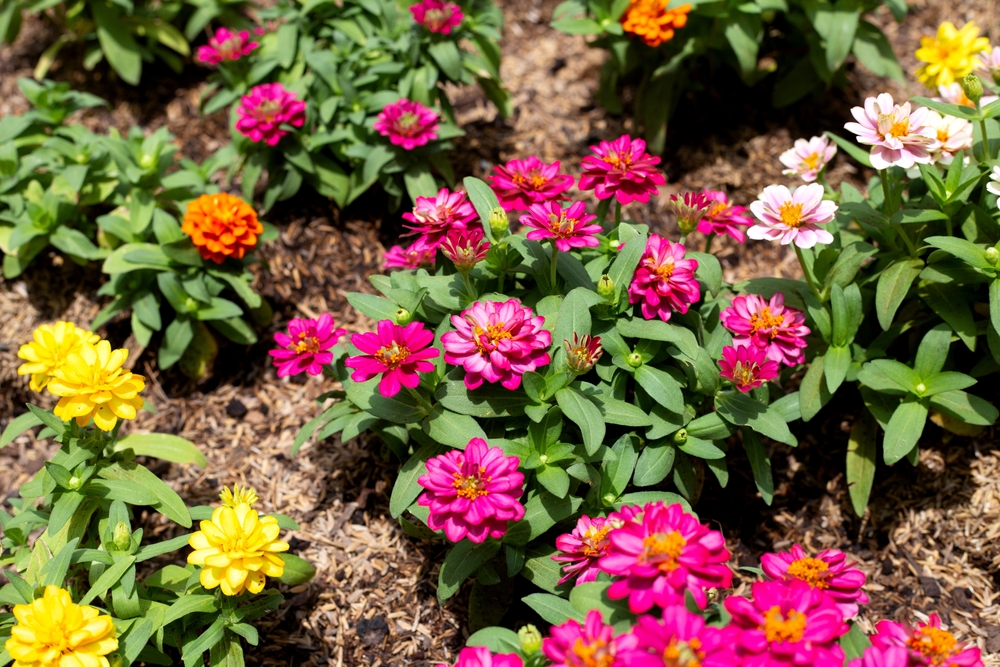
Zinnias are among the easiest flowers to grow from seed, making them a favorite for new and seasoned gardeners alike. They thrive in full sun and warm soil, quickly sprouting once temperatures rise. The blooms come in a rainbow of colors, ranging from soft pastels to vivid reds and oranges. Their ability to attract butterflies makes them a lively addition to any outdoor space.
These flowers are drought tolerant once established, so they require little upkeep beyond regular watering during dry spells. Deadheading faded blooms encourages more flowers to appear throughout the summer. Zinnias are also excellent for cut arrangements, lasting several days in a vase. Planting different varieties together can create a striking mix of shapes and sizes.
Cosmos
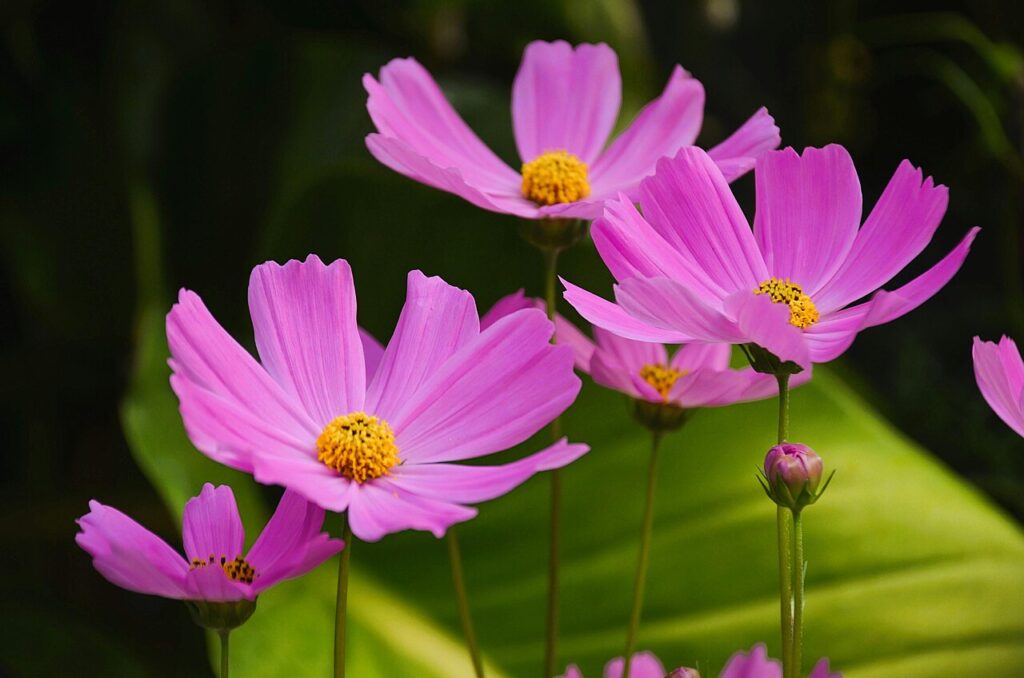
Cosmos are airy, delicate flowers with long stems that sway gracefully in the breeze. They germinate quickly when direct sown and flourish in poor or average soil. Their feathery foliage pairs beautifully with their daisy-like blooms in shades of pink, white, and purple. Once they start flowering, they continue to produce until frost.
These plants self-seed easily, meaning they often return year after year without extra effort. Deadheading can extend their blooming season even further. Because of their height, they work well at the back of flower beds or along fences. Butterflies and bees are frequent visitors, making them useful for supporting pollinators.
Marigolds
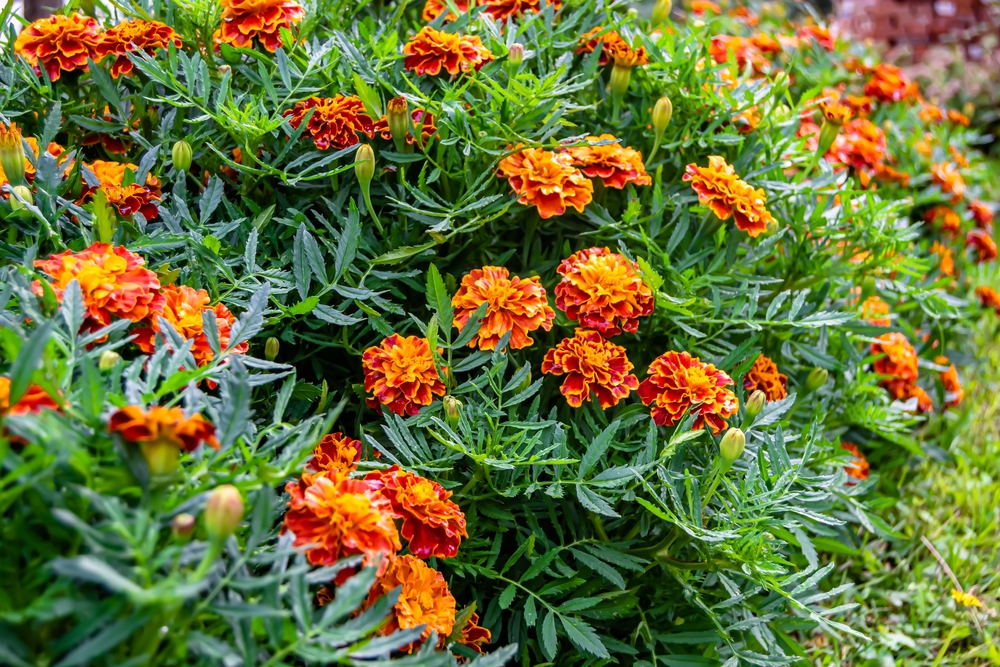
Marigolds are cheerful flowers that provide long-lasting color from spring until the first frost. They tolerate a variety of soils and flourish in sunny spots. Their golden and orange blooms bring warmth to borders, beds, and containers. Some gardeners also use them as companion plants to deter pests.
Compact varieties are perfect for edging, while taller ones add height to mixed plantings. These flowers rarely require special care, making them ideal for low-maintenance gardens. Regular deadheading keeps plants looking fresh and full. Their vibrant colors make them stand out in both vegetable and ornamental plots.
Sunflowers
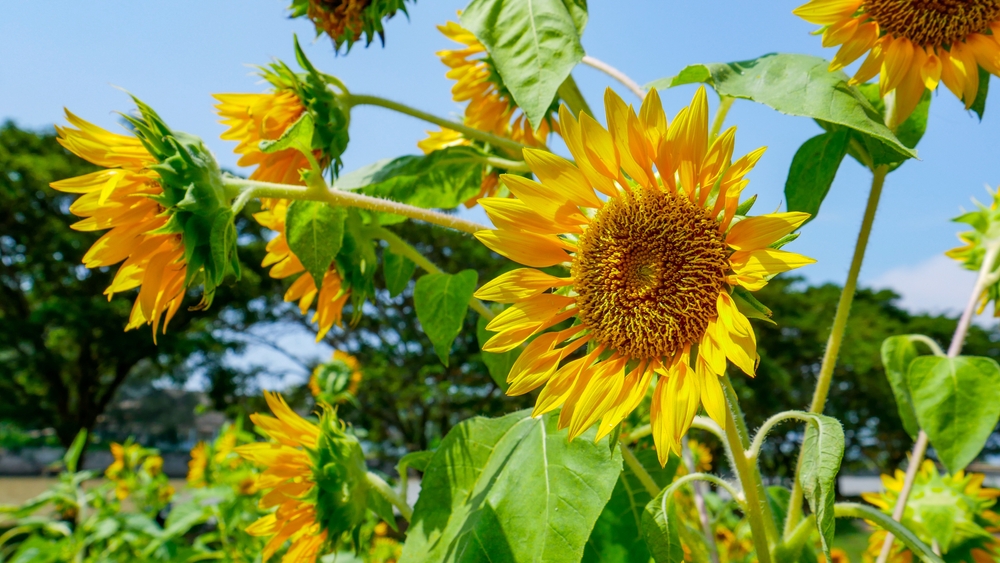
Few flowers are as iconic as the sunflower, with their towering stems and bright yellow petals. They are quick to germinate when sown directly in the soil and thrive under full sunlight. Gardeners can choose from dwarf varieties for small spaces or giant types that can grow over ten feet tall. Their cheerful faces naturally turn to follow the sun each day.
Aside from their striking appearance, sunflowers also produce seeds that attract birds and wildlife. Children especially enjoy planting them because of their rapid growth. Once the heads mature, they can be harvested for edible seeds or left to feed local wildlife. A patch of sunflowers can transform even a modest garden into a bold display.
Calendula
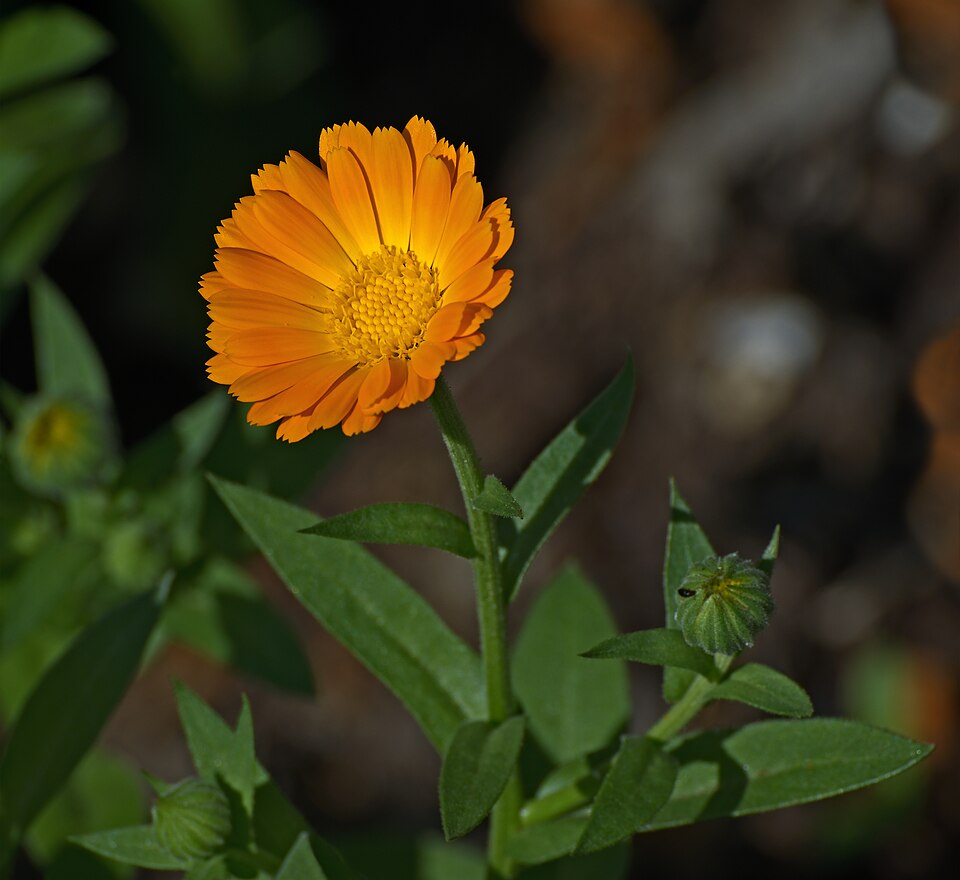
Calendula, often called pot marigold, is valued for its cheery orange and yellow blooms. These flowers prefer cooler weather and thrive when sown directly in spring or fall. Their petals are sometimes used in teas or homemade remedies, giving them both ornamental and practical appeal. The plants branch out easily, creating dense clusters of flowers.
Calendula is hardy and tolerant of less-than-ideal soil conditions. Removing spent blooms encourages the plant to produce more flowers over the season. It grows well in beds, borders, or even containers, adding splashes of sunshine wherever planted. Their ability to bloom during cooler months extends garden color beyond the heat of summer.
Bachelor’s Buttons (Cornflowers)
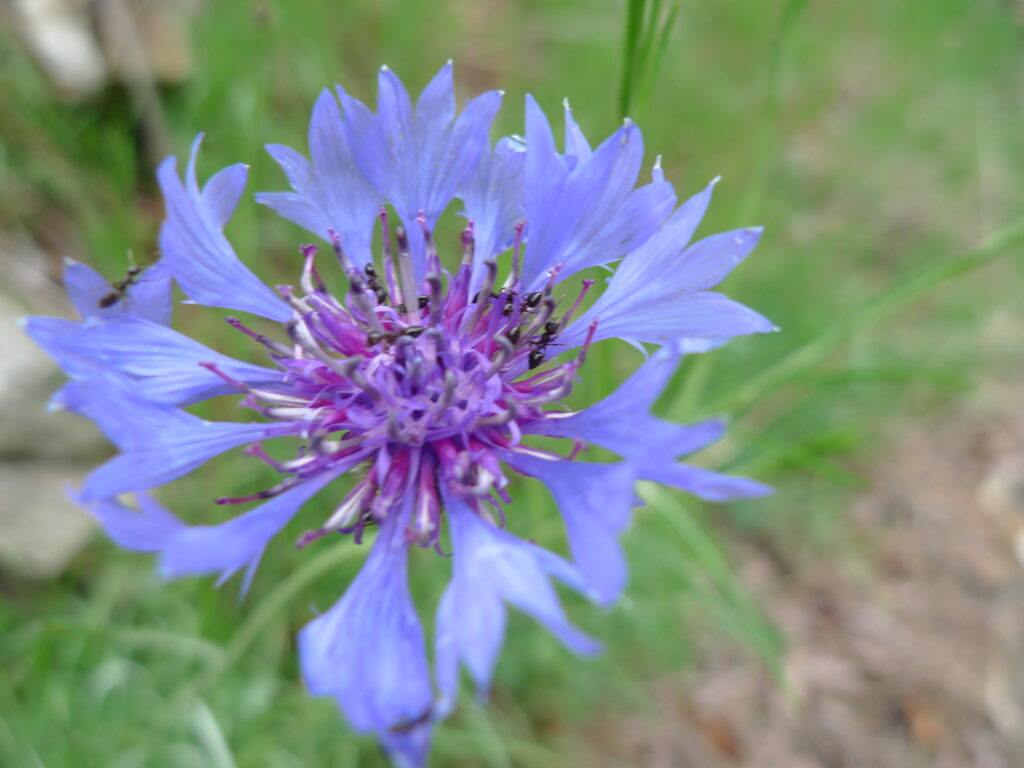
Bachelor’s buttons are old-fashioned favorites that bring a rustic charm to gardens. Their blooms are most commonly blue, though pink and white varieties are also available. They grow well in full sun and handle poor soil better than many other annuals. These hardy plants are easy to scatter-sow in open patches of ground.
The flowers are attractive to bees and butterflies, making them a pollinator-friendly choice. They also work well as cut flowers, with blooms that hold their shape in vases. Bachelor’s buttons often reseed themselves, returning the following season without replanting. Their low cost and reliable nature make them a dependable garden staple.
Nasturtiums
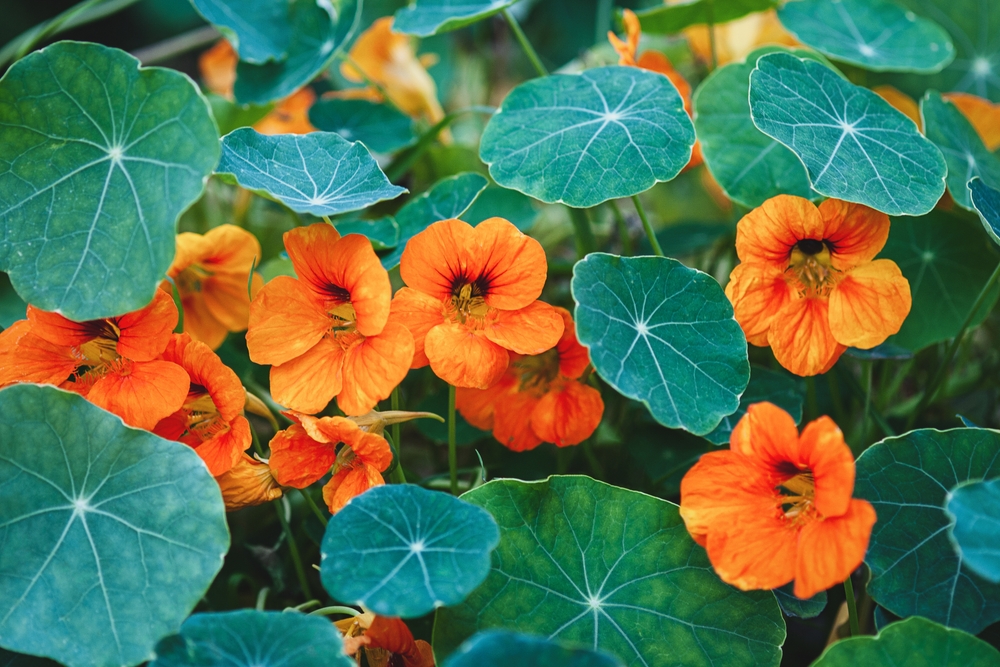
Nasturtiums are loved for their bright, jewel-toned blooms and rounded leaves. They are edible, adding a peppery flavor to salads and garnishes. Seeds are large and easy to handle, making them a great choice for children or beginner gardeners. They thrive in poor soils, which encourages better flowering over leafy growth.
These plants come in both trailing and bushy forms, allowing them to fit a range of garden spaces. They make excellent ground cover or can spill beautifully from hanging baskets. Nasturtiums are also helpful in vegetable gardens, as they can deter pests like aphids. Their dual role as ornamentals and edible plants adds extra value to any garden.
Morning Glories
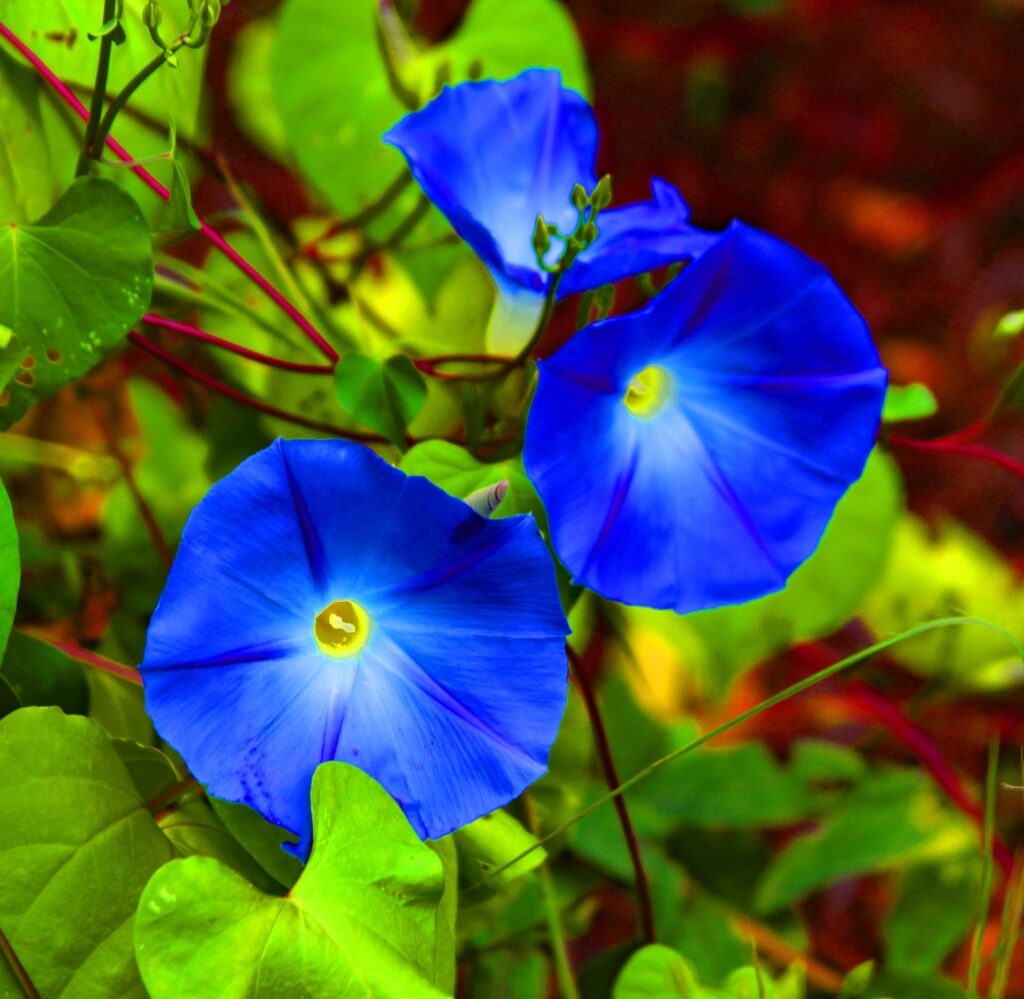
Morning glories are climbing vines known for their trumpet-shaped blooms that open in the early hours. They germinate quickly in warm soil and grow rapidly along fences, trellises, or arbors. Their colors range from deep purples and blues to whites and pinks. With daily blooms, they provide a fresh burst of color each morning.
Although the flowers last just a day, the plants produce new ones continuously through the season. Morning glories thrive with little care once established, needing only a sunny spot and regular watering. Their vines create natural screens, offering privacy as they grow. Gardeners enjoy them for both their beauty and their ability to cover bare structures.
Sweet Alyssum
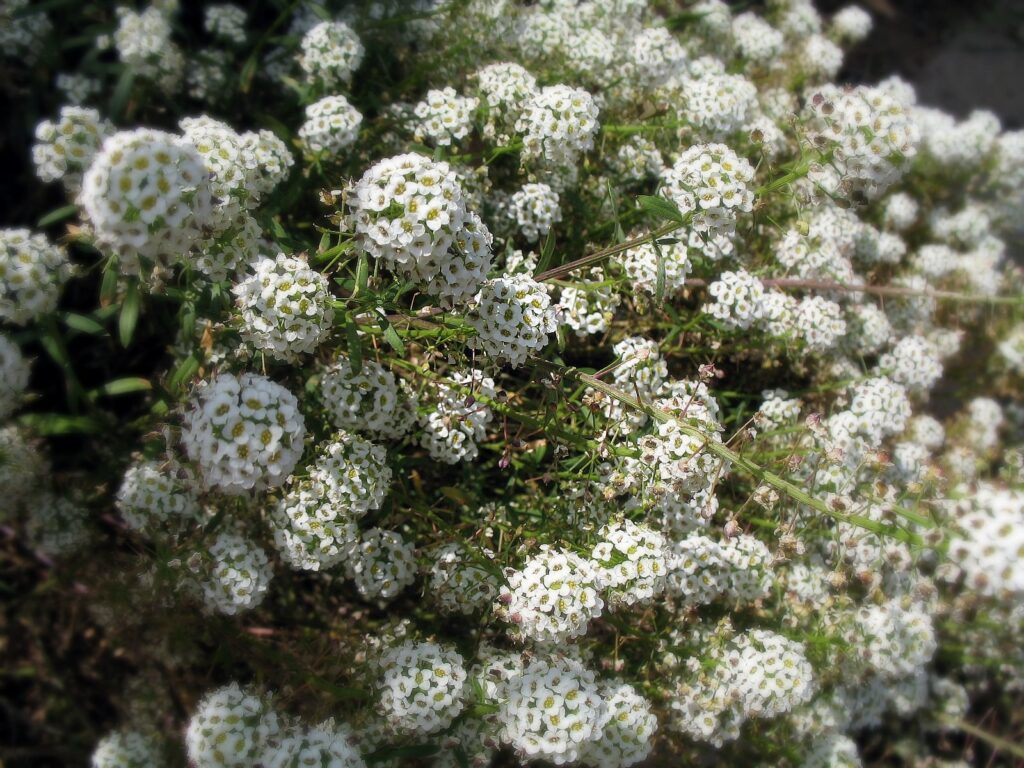
Sweet alyssum forms a soft carpet of tiny flowers that release a gentle, honey-like fragrance. This plant grows close to the ground and is often used to fill gaps between stones or along borders. The white variety is especially common, though pinks and purples are also available. It germinates quickly and tolerates a range of soils.
Because of its low-growing nature, sweet alyssum works well as edging for walkways and flower beds. It blooms continuously through the season, especially if trimmed back after the first flush of flowers. Pollinators such as bees are often drawn to its nectar. With minimal effort, it provides long-lasting beauty in small spaces.
California Poppies
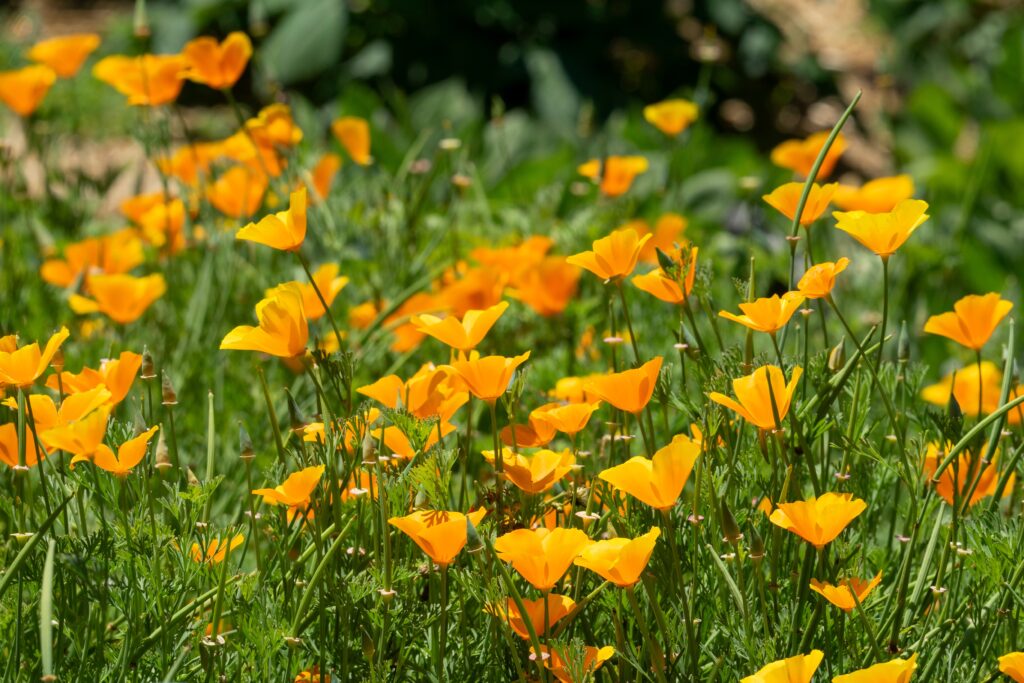
California poppies are prized for their silky petals and cheerful orange tones. They thrive in sunny, dry conditions and require little care once established. Their seeds can be scattered directly in the soil, where they often reseed themselves for years to come. These plants are especially useful in gardens with poor or sandy soil.
Although the flowers close at night and during cloudy weather, they reopen with the morning sun. California poppies are drought tolerant, making them ideal for low-maintenance spaces. They create stunning displays when planted in large drifts. Their ability to thrive in tough conditions makes them one of the most forgiving flowers to grow.
Four O’Clocks
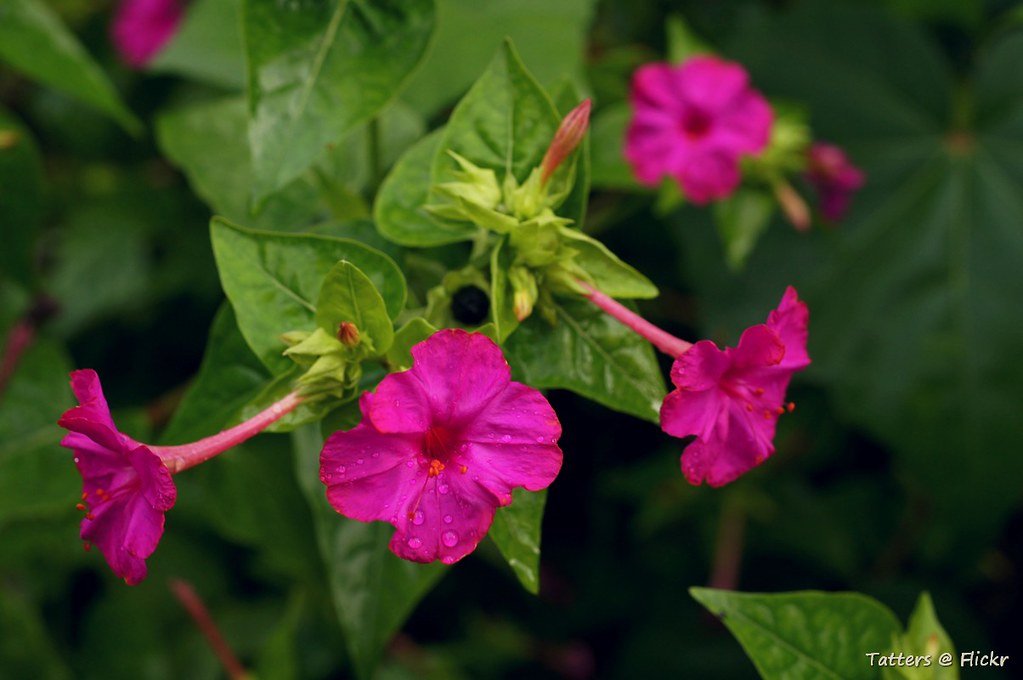
Four o’clocks are unusual flowers that open later in the afternoon, giving them their name. They come in a range of colors, including pink, red, yellow, and white. Some even feature speckled or striped petals on the same plant. Their seeds are large and easy to sow directly outdoors.
These flowers are bushy and can grow up to three feet tall, filling garden beds with lush greenery. Their sweet fragrance attracts moths and other evening pollinators. They are reliable bloomers through summer and tolerate different soil conditions. Because they reseed freely, they often return without replanting.
Nigella (Love-in-a-Mist)
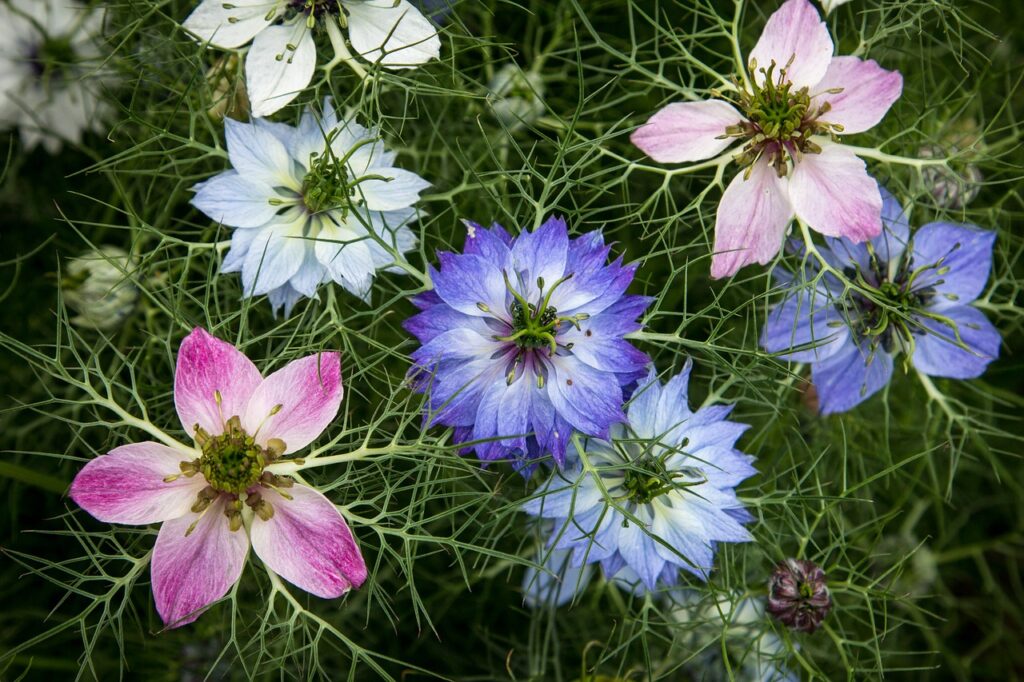
Nigella, often called love-in-a-mist, is admired for its delicate flowers framed by feathery foliage. The blossoms come in shades of blue, pink, and white, adding a romantic touch to garden beds. They thrive in cooler weather and grow well when sown directly into the soil. Nigella also produces decorative seed pods that can be dried for arrangements.
These plants are well-suited for cottage-style gardens due to their soft, airy look. They bloom for several weeks, especially if planted in succession. Once established, they require little more than occasional watering. Because of their tendency to self-seed, they often reappear the following year in charming, unexpected spots.
Clarkia
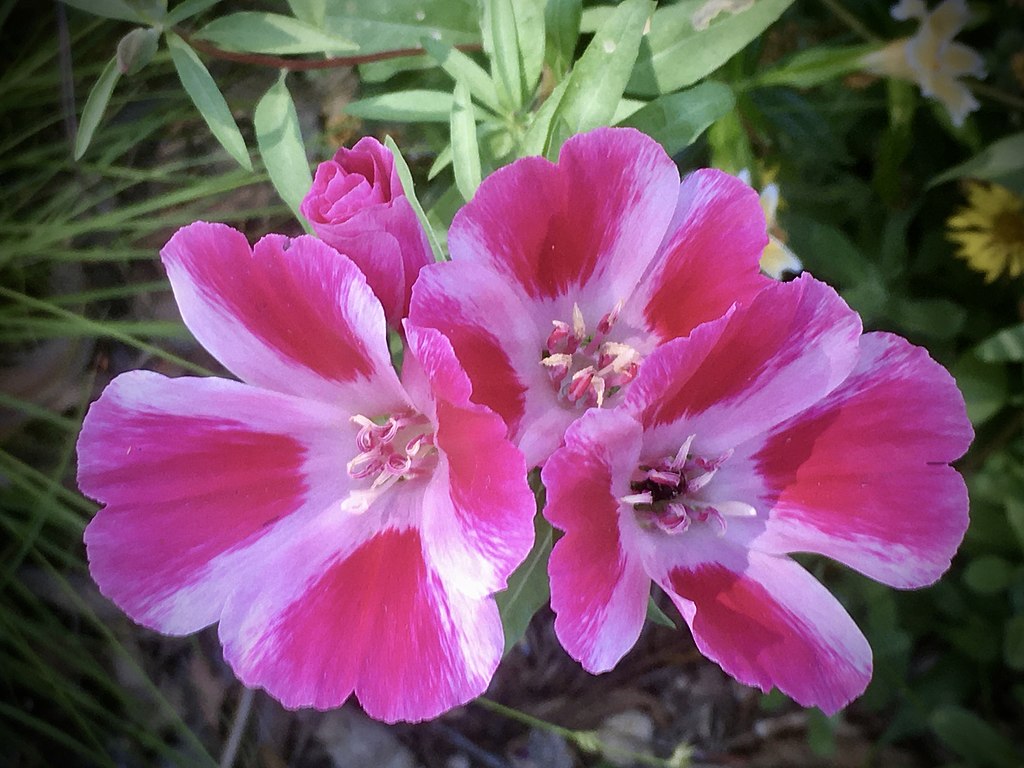
Clarkia is a graceful annual that produces clusters of pink, purple, and red blooms. Native to North America, it tolerates a wide range of soil types and performs best in full sun. Seeds sprout quickly when sown outdoors, creating tall stems topped with delicate flowers. They add a touch of elegance to wildflower gardens.
Because of their upright growth, clarkia plants are ideal for the middle or back of borders. They look especially striking when planted in groups, forming a sea of pastel colors. Their blooms last well when cut for indoor arrangements. With minimal care, they provide weeks of continuous flowering.
Shirley Poppies
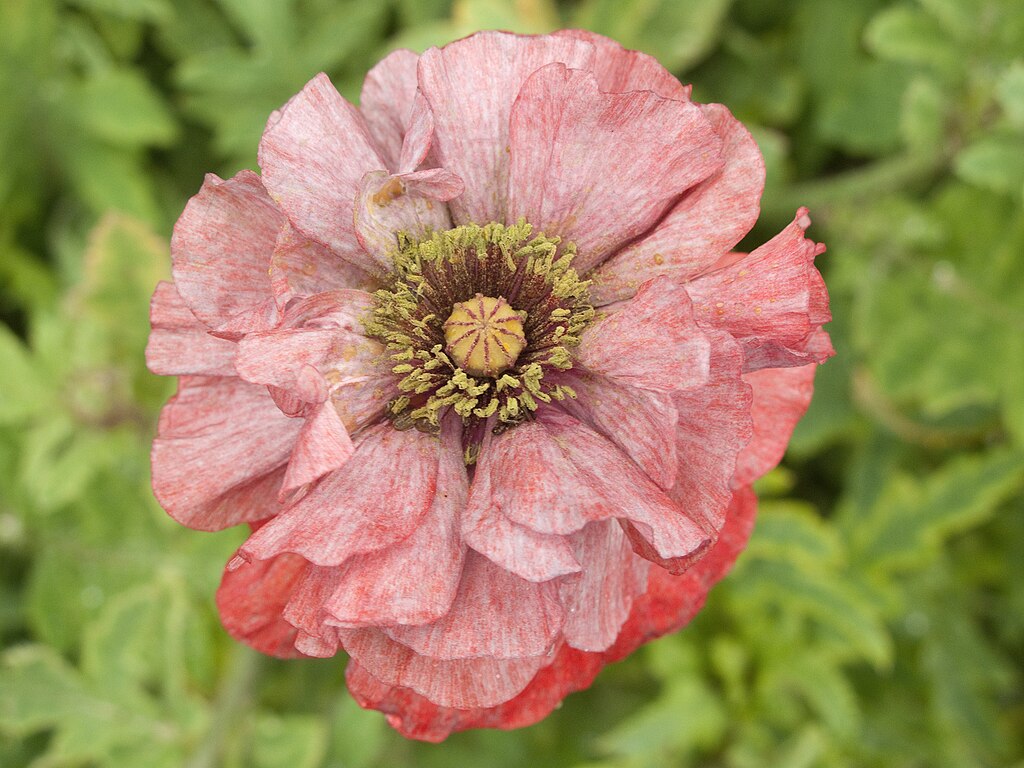
Shirley poppies are known for their papery petals and soft, romantic appearance. They grow easily from seed and bloom in shades of pink, red, and white. These annuals are best sown in early spring or fall, as they prefer cooler weather. The flowers appear in abundance, bringing charm to meadows and borders.
Though each bloom lasts only a short time, the plants produce a steady succession of flowers. Their delicate look belies their toughness, as they can tolerate less fertile soils. Shirley poppies are excellent for mass plantings, where their soft hues create a naturalistic display. They often reseed, ensuring their return in following seasons.
Larkspur
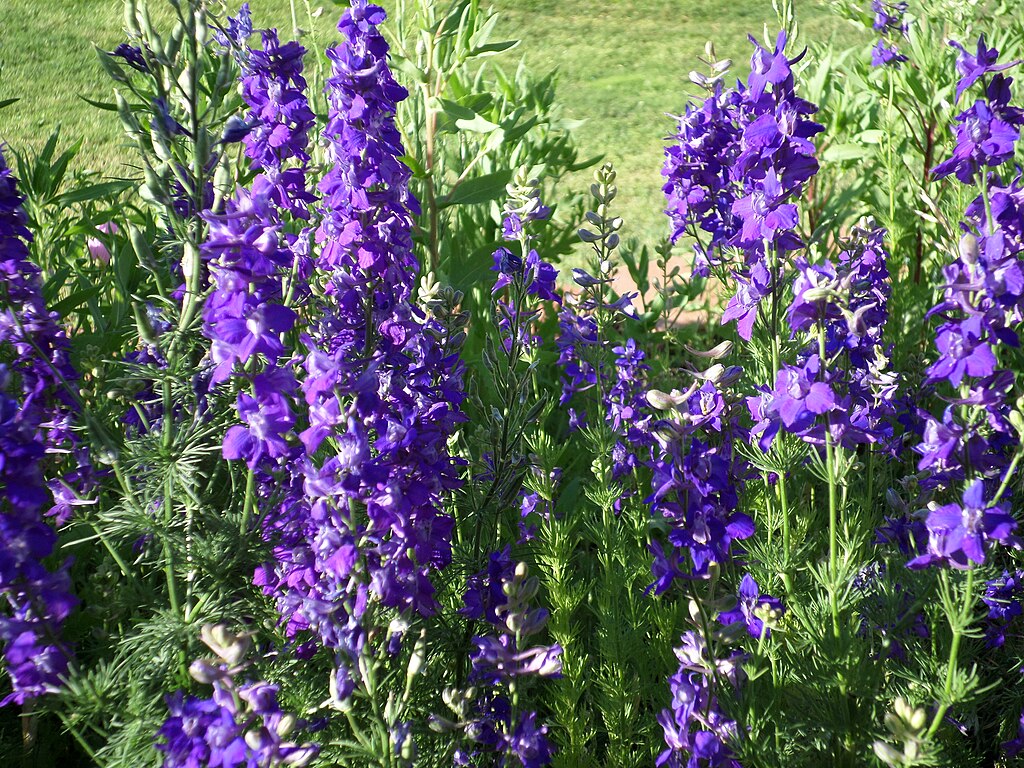
Larkspur produces tall spires covered in clusters of small blooms in blue, pink, and white. They are one of the few annuals that prefer cool weather, so early sowing is recommended. Seeds can be scattered directly into the soil, and they germinate best with a light chill. Their vertical shape makes them ideal for adding height to garden beds.
These flowers pair beautifully with other cottage garden plants, such as poppies and nigella. They also make excellent cut flowers, holding well in vases. Larkspur creates dramatic displays when planted in large groups. Once established, they require little attention aside from occasional watering.
Gaillardia (Blanket Flowers)
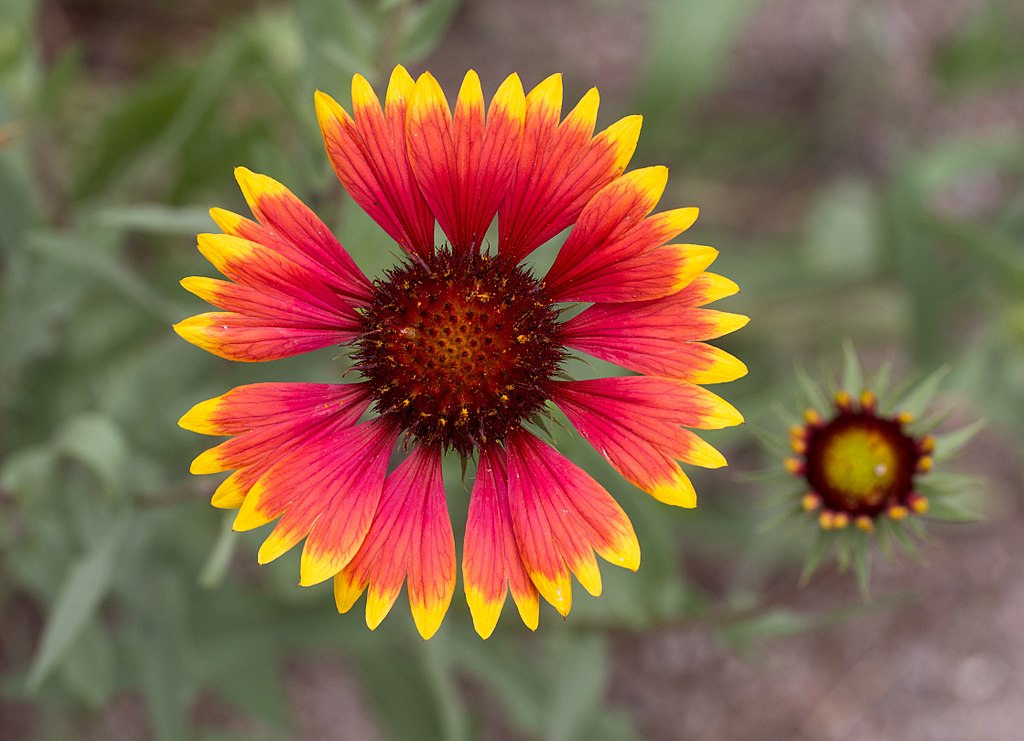
Gaillardia, or blanket flower, is a hardy plant with daisy-like blooms in fiery shades of red, orange, and yellow. These flowers thrive in hot, sunny conditions and are tolerant of poor soils. Seeds germinate quickly when sown outdoors, making them a practical choice for low-maintenance gardens. Their blooms last well into the summer season.
The plants are drought resistant once established, requiring little more than occasional watering. Their bright colors attract butterflies, adding extra life to the garden. Gaillardia is also long-blooming, often producing flowers until frost. Their resilience makes them a dependable choice for beginners.
Snapdragons
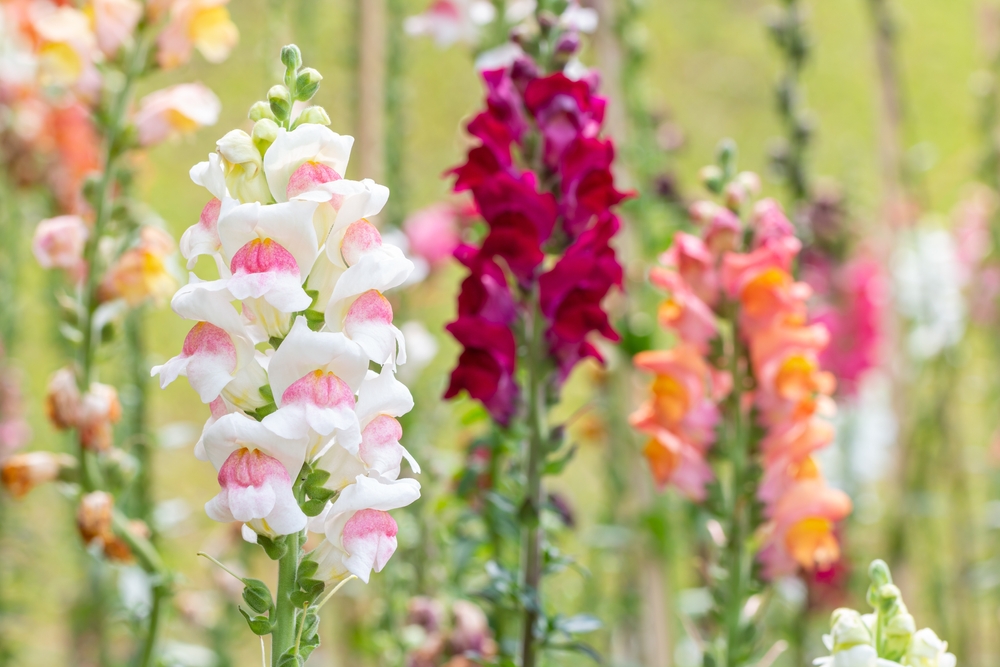
Snapdragons are colorful flowers known for their unique, dragon-shaped blooms. They germinate well in cool weather and can be direct sown in early spring. Available in a wide range of colors, they brighten borders and containers with vertical spikes of flowers. Their ability to bloom in cooler seasons sets them apart from many annuals.
Children often enjoy snapdragons because of the way the blooms open when gently squeezed. These plants bloom for an extended period, especially if regularly deadheaded. Snapdragons attract pollinators, including bees, which are drawn to their nectar. They add structure and charm to gardens of all sizes.
African Daisies (Dimorphotheca)
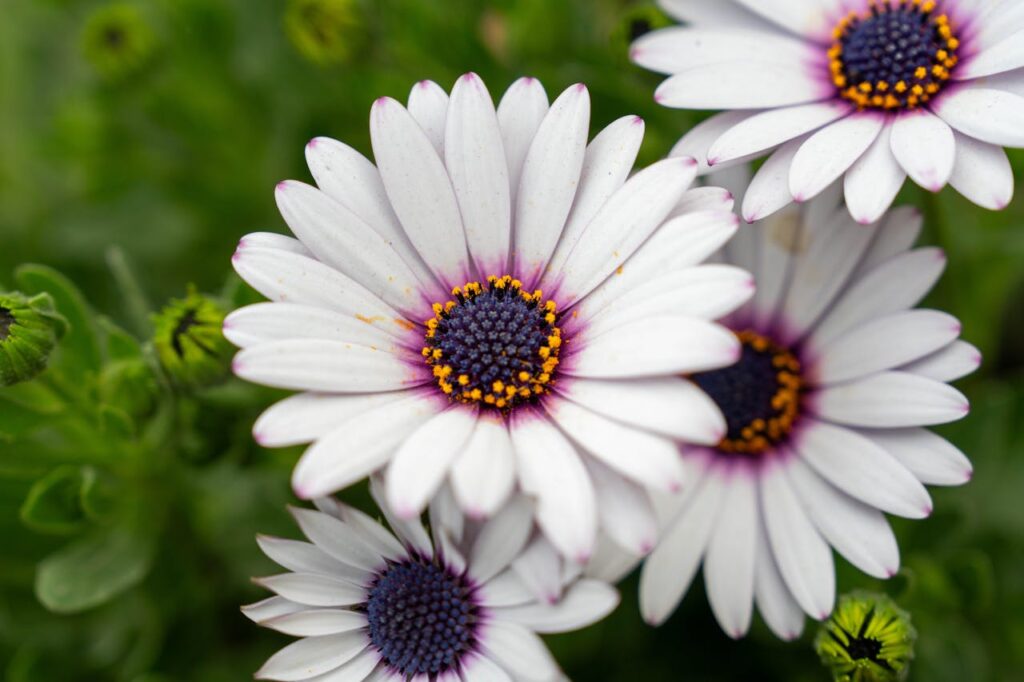
African daisies bring a burst of color with their daisy-like flowers in orange, yellow, and white. They thrive in full sun and dry conditions, making them perfect for hot climates. Seeds can be sown directly outdoors once the soil warms. Their bright faces close at night and reopen with the morning sun.
These flowers are well-suited for borders, rock gardens, and open sunny beds. They require little water once established, making them highly tolerant of drought. African daisies create vivid displays when planted in large groups. Their long-lasting blooms provide steady color throughout the summer.
Tithonia (Mexican Sunflower)
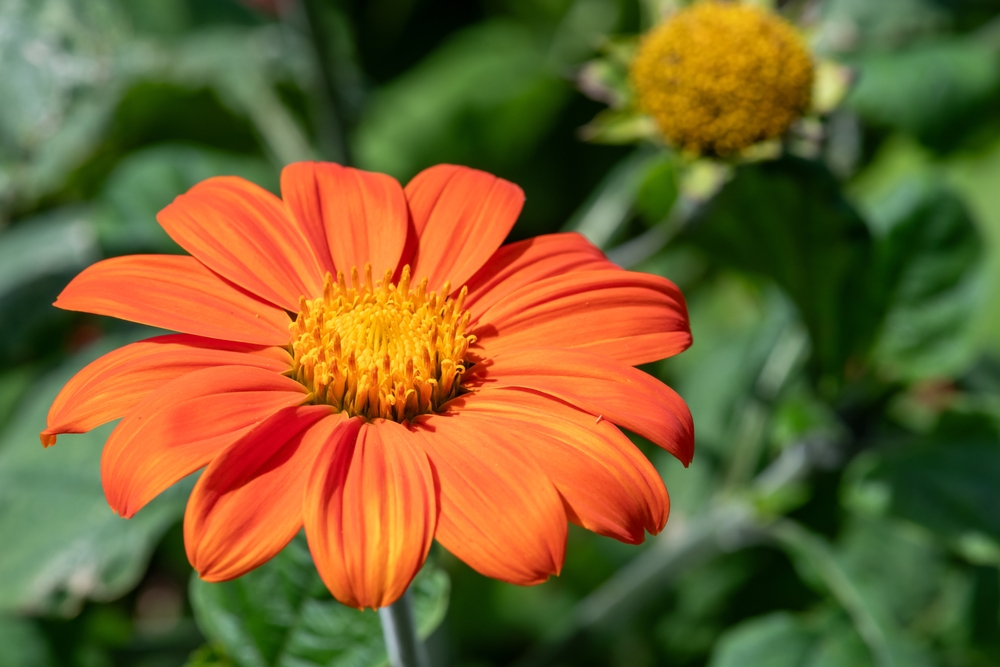
Tithonia, commonly called Mexican sunflower, is a tall annual with vibrant orange blooms. It flourishes in hot, sunny conditions and grows quickly from direct sowing. Plants can reach heights of up to six feet, making them excellent for the back of borders. Their large, daisy-like flowers stand out against dark green foliage.
These flowers are magnets for butterflies and hummingbirds, adding wildlife interest to the garden. They bloom abundantly from midsummer until frost. Tithonia’s resilience makes it a good choice for areas with poor soil or limited rainfall. When planted in clusters, they create a dramatic, fiery display.
Baby’s Breath (Gypsophila)
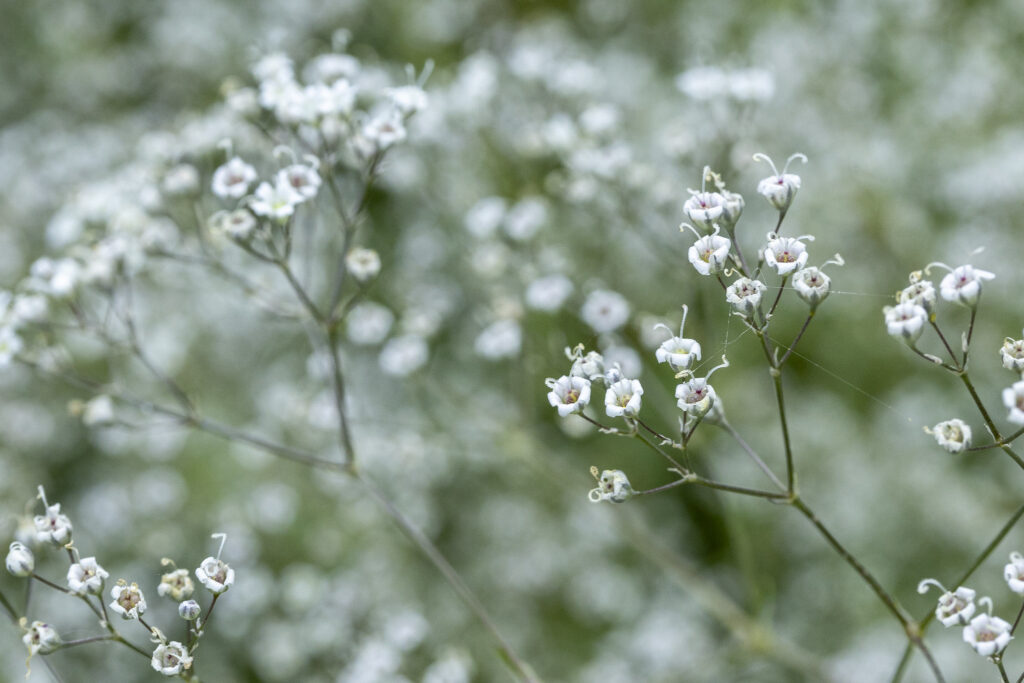
Baby’s breath is a delicate flower known for its tiny white or pink blooms. It grows quickly from seed when sown directly into sunny, well-drained soil. The airy clouds of flowers are often used to complement bolder blooms in arrangements. In the garden, they soften the look of borders and beds.
This plant produces masses of small blooms over a long period, creating a continuous display. It requires little maintenance and tolerates dry conditions well. Baby’s breath pairs beautifully with roses and other classic flowers. Once established, it provides an effortless charm throughout the growing season.
This article originally appeared on Avocadu.
